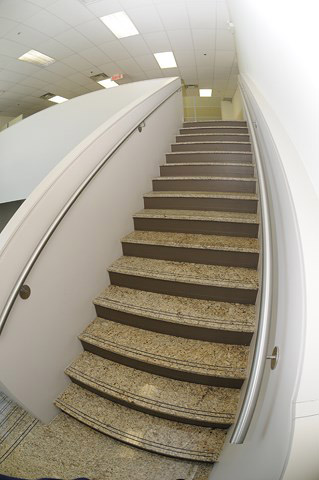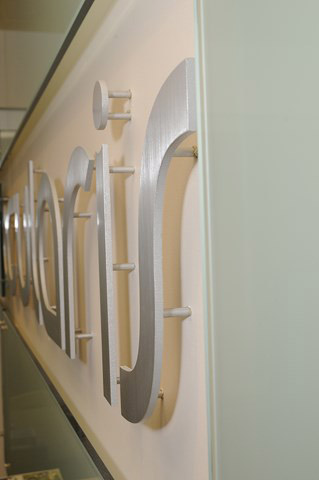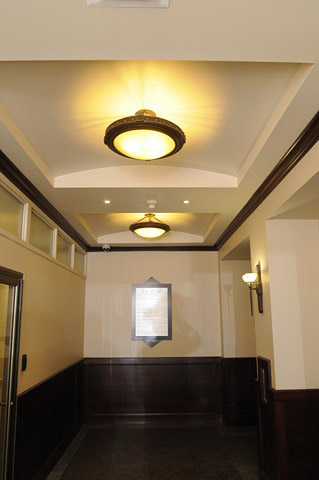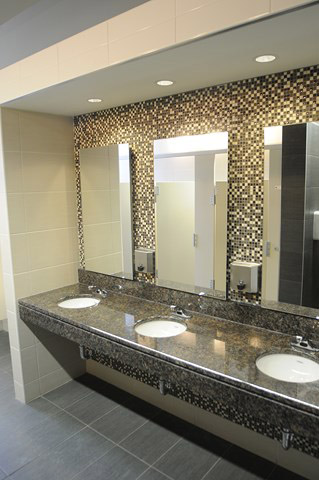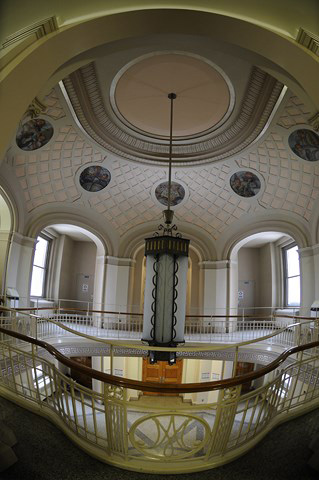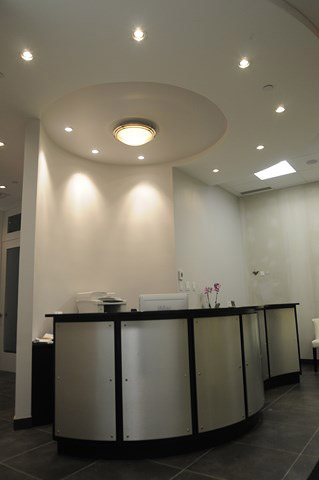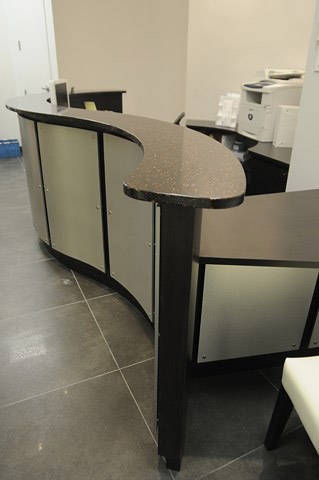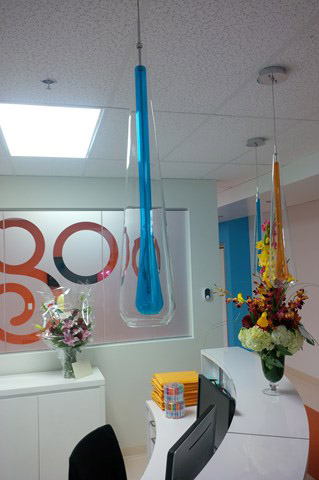Green Building
ECODOMUS Construction is committed to the success and increased adoption of sustainable construction practices (a.k.a. green building practices) in our projects. Green Building practices in the construction industry are not only good for the environment; they also provide immediate and long-term economic benefits for developers, building owners and occupants.
As members of the Canadian Green Building Council (CaGBC), with team members having the LEED GA certification, we at ECODOMUS Construction strive to incorporate sustainable construction procedures in the on-site activities of all of our construction projects, whether they are seeking LEED certification or not.
Our experience, and industry studies establish that the costs associated with green building projects can be contained to a level comparable to traditionally constructed buildings, with additional savings from annual operating costs likely possible. When we are involved early on in the design and planning stage of a project, we are committed to sensitizing our clients about the advantages and economic and social benefits as well as the return on investment (ROI) associated with incorporating sustainable design and construction features in their projects. We would be thrilled to talk to you about how you too can share our passion for Green Buildings and sustainable construction practices.
To help you learn more about this subject, please refer to the excerpts below from the material provided by the CAGBC.
Green Building transforms the way buildings are designed, constructed and operated in order to:
- Create more comfortable, healthier and sustainable built environments;
- Create these built environments while reducing energy consumption, greenhouse gas emissions, water consumption and solid waste generation; and
- Reduce costs, reduce liability, increase value and achieve more predictable results in design, construction and operation of built environments.
The cumulative impact of the design, construction and operation of built environments has profound implications for human health, the environment and the economy.
Green Building requires the consideration of three key issues; Life Cycle of Built Environments; Integrative Approach; and Green Building Costs and Benefits.
- Life-Cycle of built environments. Life-cycle cost analysis looks at the cost of green building and what types of advantages are discovered when initial investments are made in more durable products and efficient building systems.
- Integrative Approach – The concept of integrative design emphasizes connections and communication between professionals and throughout the life of a building. Input from all key stakeholders and members of the design team is essential before schematic design begins since 70% of the decisions associated with the environmental impacts are made during the first 10% of the design process. The integrative approach requires reflection during the Predesign phase, the Schematic Design, Design Development and Construction Documents phases, The Bidding Phase, the Construction Phase and Continues perpetually during the Occupancy Phase.
- Green Building Costs and Benefits – Building Green doesn’t cost more. In many cases, an actual average marginal cost of less than 2% is associated with green buildings. With proper planning, building green is possible with little or no additional cost, and with budgets well within the cost range of non-green-buildings with similar programs. Along with the up front capital investment consideration, one has to consider the life cycle operating costs and benefits of green building. On average, green buildings perform better than conventional ones. They save energy, use less water, generate less waste, and provide healthier, more comfortable indoor environments, with lower maintenance and operating costs, and higher levels of occupant satisfaction and lower greenhouse gas emissions.








